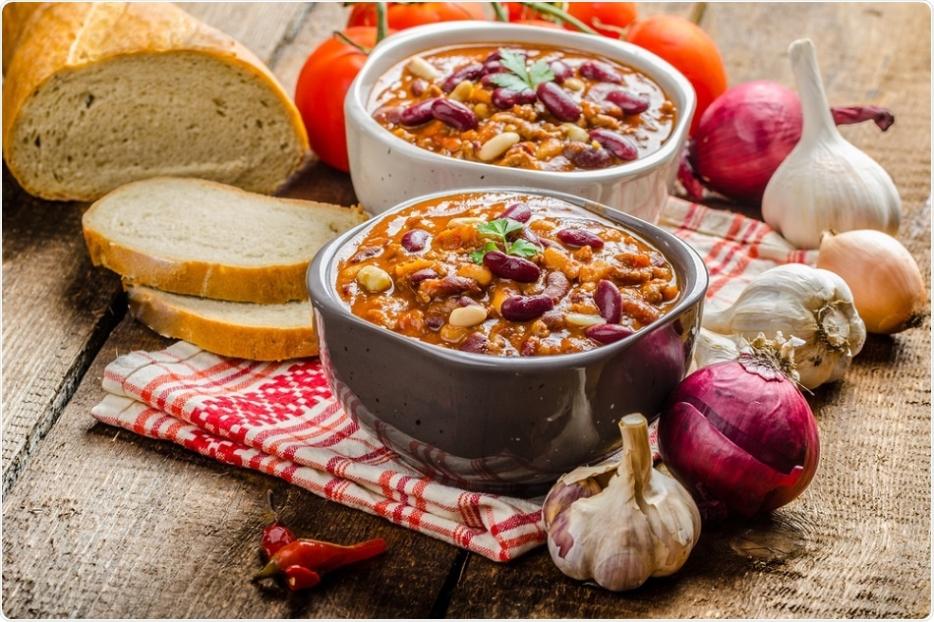Uncovering the Secrets of Food Pairing: How to Create Harmonious and Flavorful Combinations
In the realm of culinary arts, food pairing holds a prominent position, influencing the overall dining experience and tantalizing taste buds with harmonious and flavorful combinations. Understanding the art of food pairing can transform ordinary meals into extraordinary culinary journeys.

Understanding Flavor Profiles
At the heart of food pairing lies the concept of flavor profiles. These profiles encompass the fundamental tastes that humans perceive: sweet, sour, salty, bitter, and umami. Each flavor profile possesses unique characteristics and interacts with others to create a symphony of flavors.
- Sweet: Associated with sugars and carbohydrates, sweetness provides a sense of pleasure and satisfaction.
- Sour: Originating from acids, sourness adds a refreshing and tangy dimension to dishes.
- Salty: Derived from sodium chloride, salt enhances other flavors and balances sweetness.
- Bitter: Often associated with certain compounds in plants, bitterness can add complexity and depth to dishes.
- Umami: A savory taste associated with glutamates, umami imparts a rich and satisfying flavor.
The Science Of Food Pairing
Food pairing is not merely an art form; it is also rooted in science. The interaction between taste receptors and aroma compounds plays a crucial role in determining flavor perception. Certain flavor compounds complement each other, while others clash, creating either harmonious or contrasting combinations.
For instance, sweetness and sourness often pair well together, as the sweetness can balance the tartness of the sour flavor. Conversely, bitterness and sweetness can create a contrasting combination, with the bitterness providing a counterpoint to the sweetness.
Basic Principles Of Food Pairing

While food pairing can be complex, there are some general guidelines that can help you create harmonious combinations:
- Balance: Aim for a balance of flavors in each dish. Too much of one flavor can overwhelm the others.
- Contrast: Contrasting flavors can add excitement and complexity to a dish. However, use contrasting flavors sparingly to avoid overpowering the main ingredients.
- Harmony: Some flavors naturally complement each other and create harmonious combinations. For example, sweet and sour flavors often pair well together.
Techniques For Successful Food Pairing
There are various techniques that you can use to create successful food pairings:
- Complementary Pairing: Pair flavors that complement each other, such as sweet and sour or salty and sweet.
- Contrasting Pairing: Pair flavors that contrast each other, such as sweet and bitter or sour and salty.
- Bridge Pairing: Use a third flavor to bridge the gap between two contrasting flavors. For example, you could pair sweet and sour flavors with a salty ingredient.
Pairing Food And Wine
Pairing food and wine is an art form in itself. The right wine can enhance the flavors of a dish and create a truly memorable dining experience.
- General Guidelines: White wines are typically paired with lighter dishes, such as fish and salads, while red wines are paired with heavier dishes, such as steak and roasted meats.
- Consider the Flavors: Match the flavors of the wine with the flavors of the dish. For example, a sweet wine can complement a dessert, while a dry wine can balance a spicy dish.
- Experiment: Don't be afraid to experiment with different wine and food pairings. There are no hard and fast rules, and what you enjoy is ultimately the best pairing.
Pairing Food And Herbs
Herbs can be used to enhance the flavors of food and create unique flavor combinations.
- Fresh Herbs: Fresh herbs, such as basil, cilantro, and mint, can add a burst of flavor to dishes. Use them sparingly to avoid overpowering the other ingredients.
- Dried Herbs: Dried herbs, such as oregano, thyme, and rosemary, have a more concentrated flavor than fresh herbs. Use them in small amounts to add depth and complexity to dishes.
- Herbs and Cuisine: Different cuisines often have their own signature herbs. For example, basil is commonly used in Italian cuisine, while cilantro is a staple in Mexican cuisine.
Pairing Food And Spices
Spices can add depth and complexity to dishes, but they should be used with caution.
- Common Spices: Some common spices include chili powder, cumin, garlic powder, and paprika. Experiment with different spices to find the ones that you enjoy the most.
- Heat Level: Be mindful of the heat level of spices. Some spices, such as chili powder and cayenne pepper, can be very spicy. Use them sparingly to avoid overpowering the other ingredients.
- Spices and Cuisine: Different cuisines often have their own signature spices. For example, chili powder is commonly used in Mexican cuisine, while cumin is a staple in Indian cuisine.
Pairing Food And Sauces
Sauces can be used to enhance the flavors of food and create a variety of dishes.
- Types of Sauces: There are many different types of sauces, including tomato sauce, béchamel sauce, and pesto sauce. Each sauce has its own unique flavor profile.
- Matching Sauces to Dishes: Consider the flavors of the dish when choosing a sauce. For example, a tomato sauce can complement a pasta dish, while a béchamel sauce can enhance the flavors of a chicken dish.
- Making Sauces: You can make your own sauces or use store-bought sauces. If you are making your own sauces, be sure to use fresh ingredients for the best flavor.
Food pairing is an art form that can be mastered with practice and experimentation. By understanding the different flavor profiles, the science of food pairing, and the various techniques for pairing food, you can create harmonious and flavorful combinations that will delight your taste buds and impress your guests.
YesNo

Leave a Reply